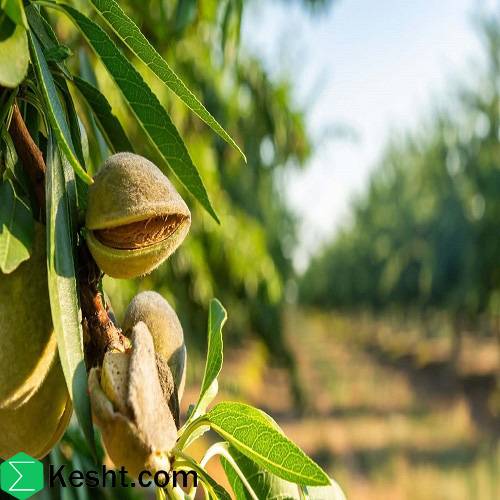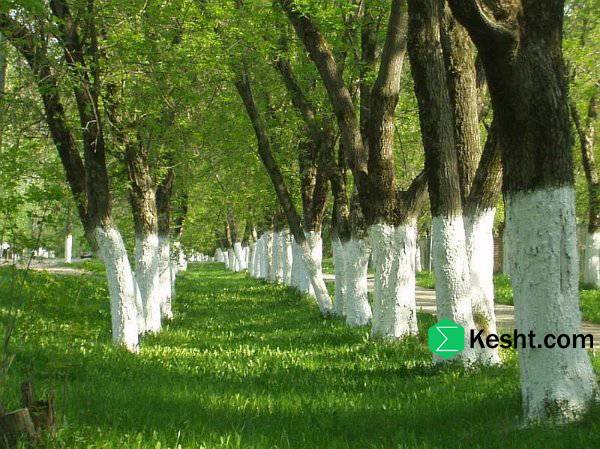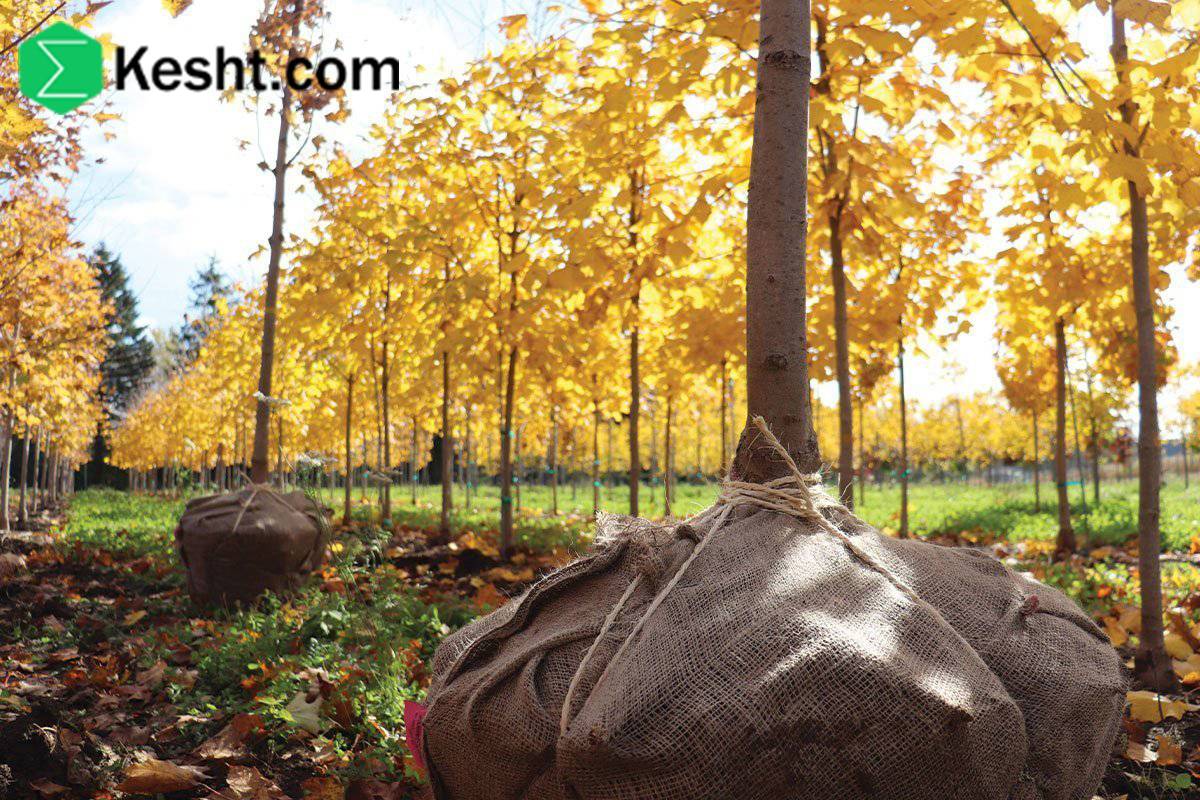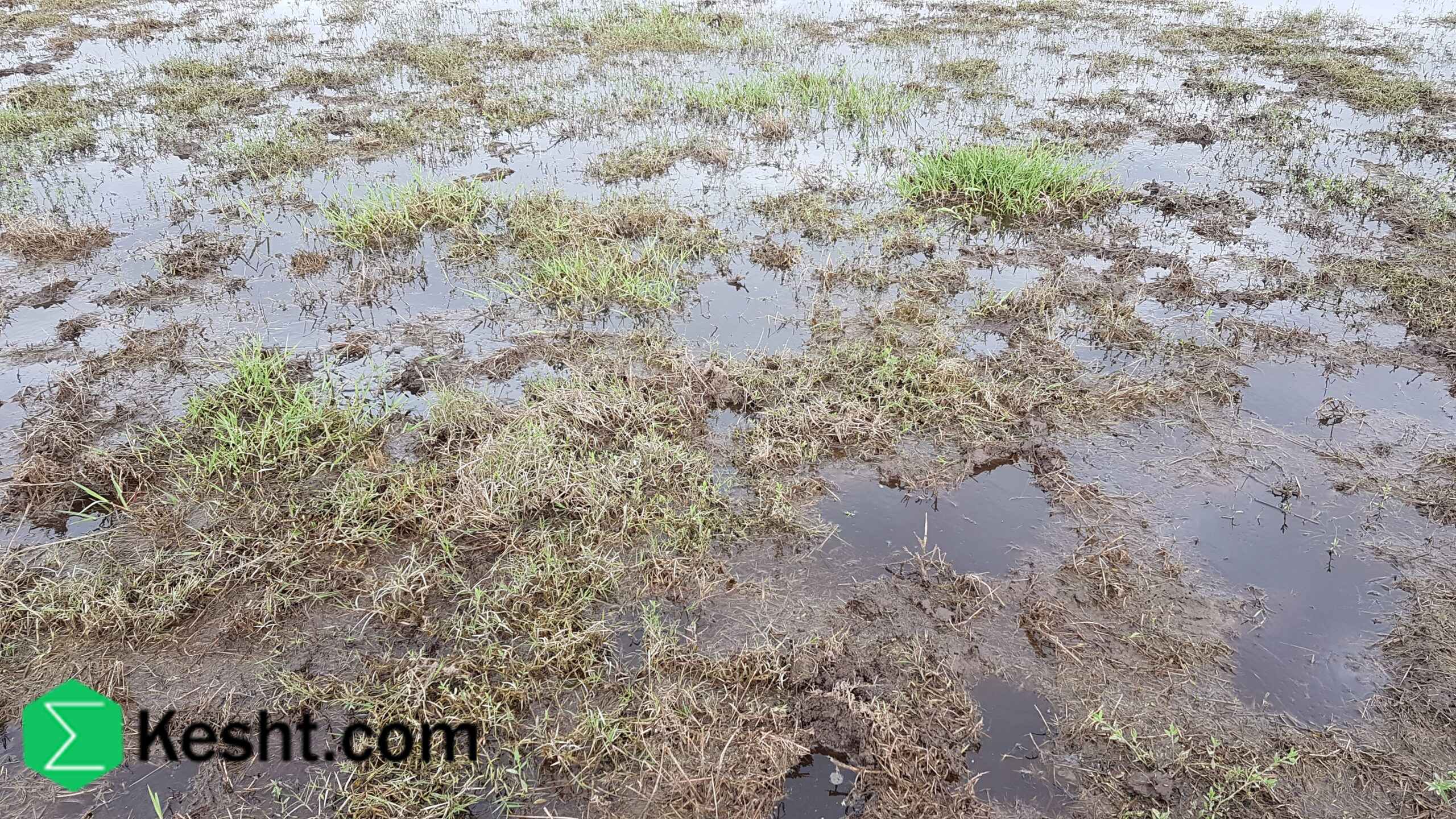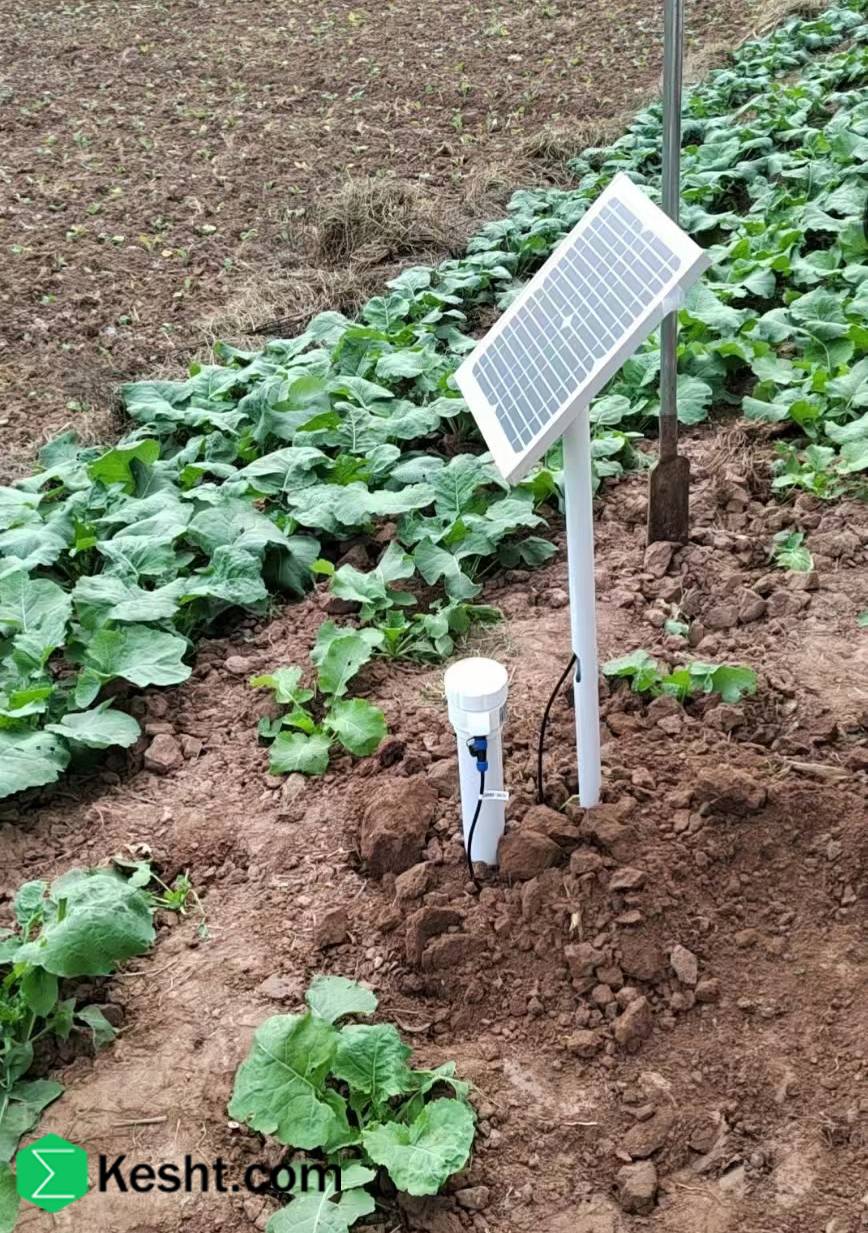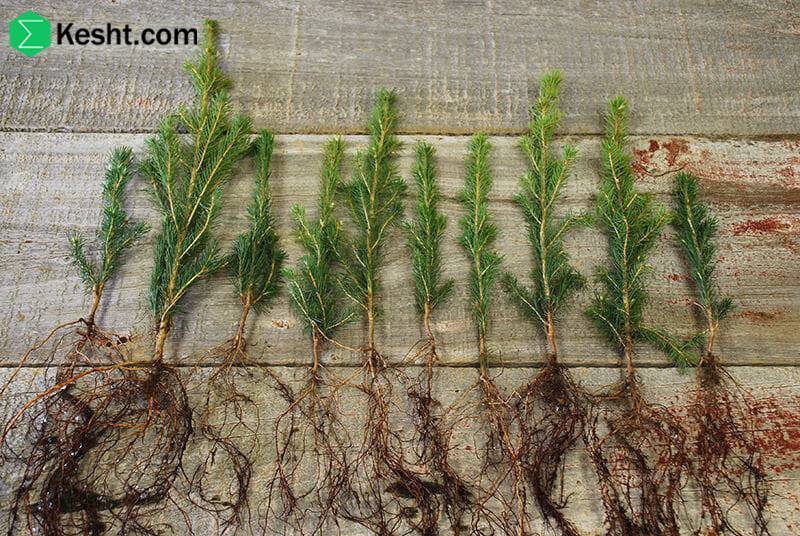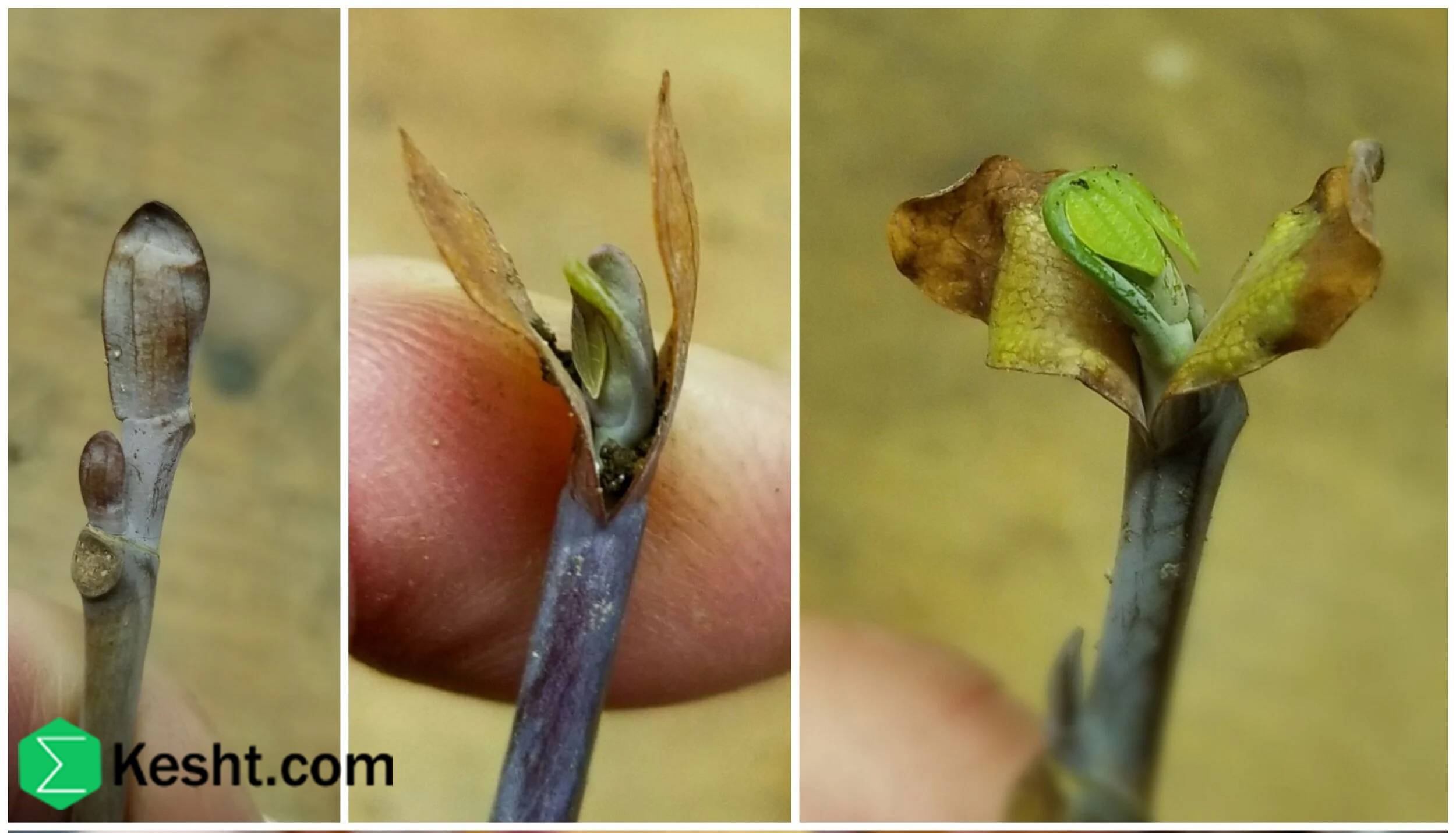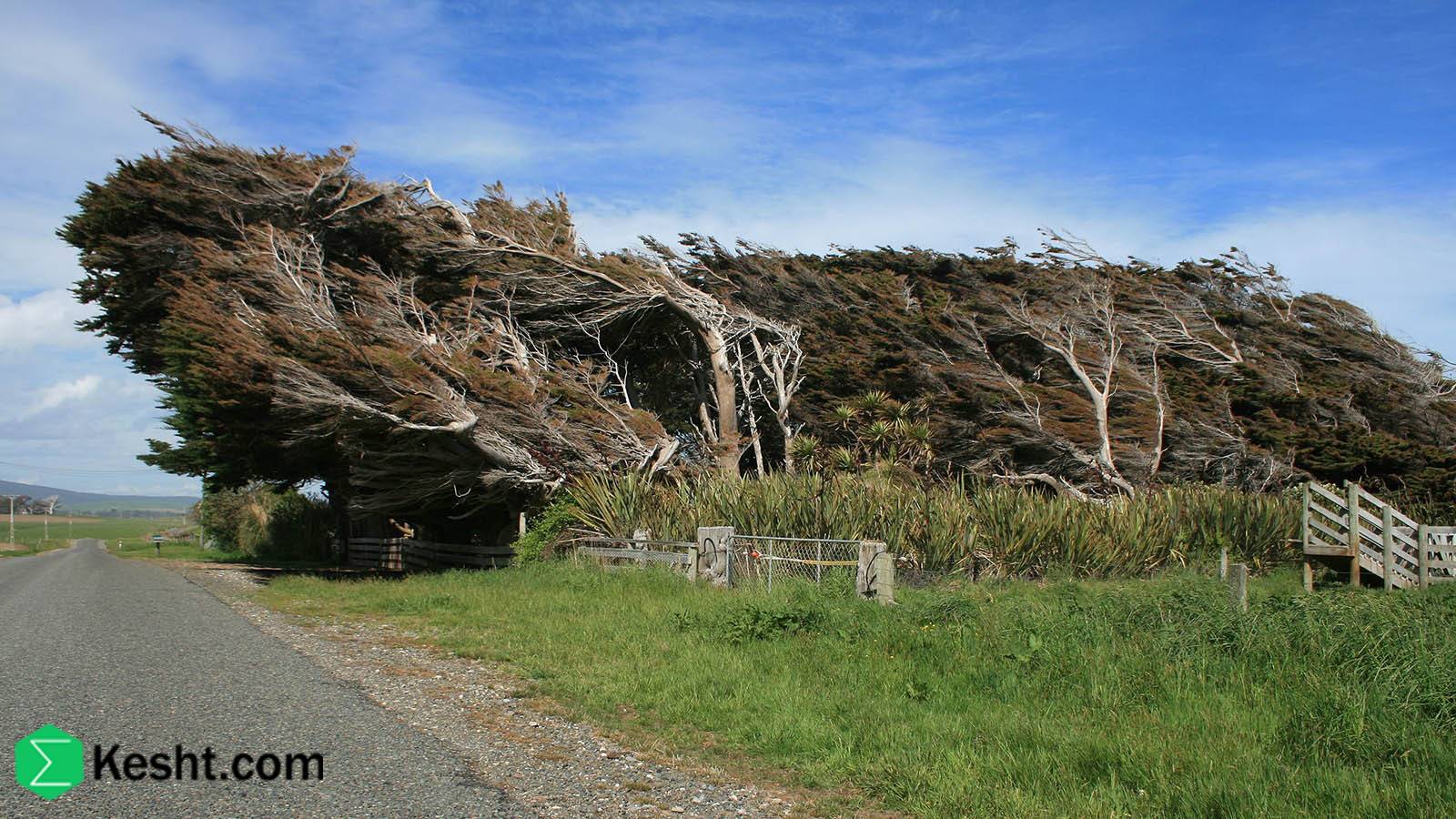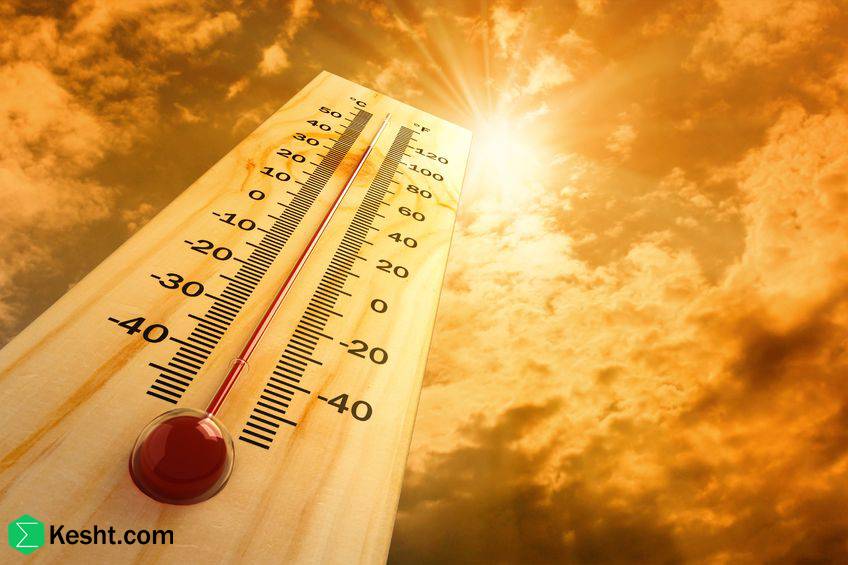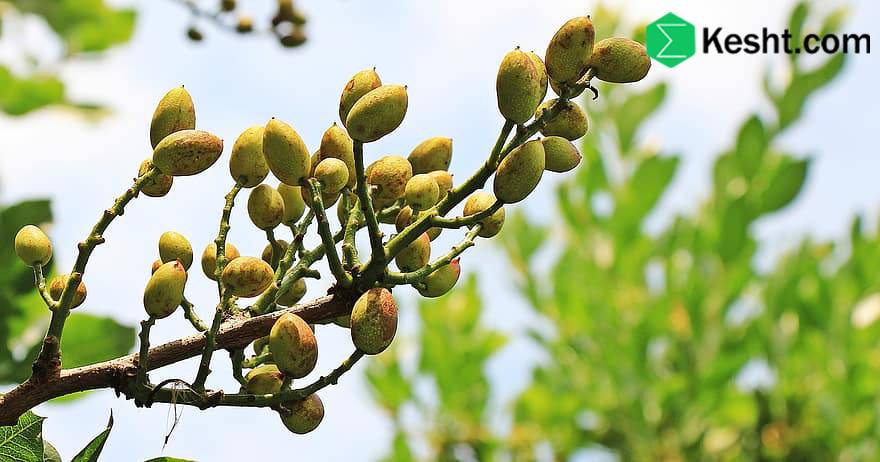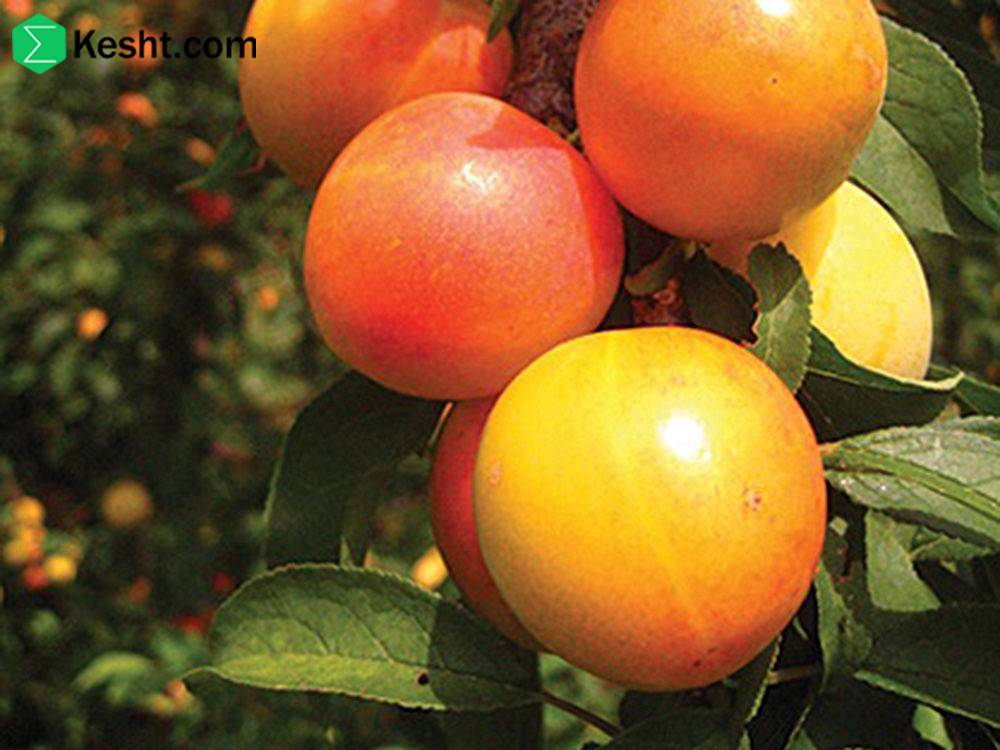The almond tree is one of the most valuable and popular fruit trees in Iran and worldwide. Besides producing nutritious and tasty nuts, it plays a significant economic role. According to recent statistics, Iran is among the top almond producers in the world, and a large portion of its production is exported to other countries.
Almonds are rich in vitamin E, protein, healthy fatty acids, and minerals such as magnesium and calcium. This makes them highly recommended for maintaining a healthy diet.
Almond trees are relatively drought-tolerant compared to many other fruit trees, making them an ideal choice for semi-arid regions. This guide provides a complete step-by-step approach to planting and caring for almond trees, helping you avoid common pitfalls and maximize productivity.
Introduction to the Almond Tree
The almond tree (Prunus dulcis) can live over 30 years under suitable conditions and produce valuable fruit annually. It grows well in semi-arid regions of Iran such as Fars, Isfahan, Khorasan, Hamedan, and Chaharmahal and Bakhtiari.
Types of Almonds
-
Sweet Almonds: Most widely consumed, used in snacks and food products.
-
Bitter Almonds: Not suitable for direct consumption, used mainly in pharmaceuticals and oil extraction.
-
Popular Commercial Varieties in Iran:
-
Mamaii: High-quality, export-oriented variety.
-
Shahroodi: Resistant to different climates.
-
Nonpareil: Large kernel, thin shell, ideal for export.
-
Sefid and Rabie: High-yield varieties in certain regions.
-
Ideal Conditions for Planting Almond Trees
Best Soil Type
-
Loamy sandy soils are preferred.
-
Proper drainage is essential; waterlogged soils can cause root rot.
-
Calcareous soils can also work with proper management.
-
Conducting a soil test is recommended to determine nutrient needs.
Climate Requirements
-
Almond trees are warm-season plants.
-
Optimal temperature for growth: 15–30°C (59–86°F).
-
Chilling requirement: 250–400 hours below 7°C (45°F) depending on the variety.
-
Drought-tolerant, but consistent irrigation improves productivity.
Water Requirements
Although almond trees are drought-resistant, water shortage during flowering and fruit formation can significantly reduce yield.
-
Mature tree water needs: 6,000–8,000 cubic meters per hectare annually.
-
Recommended method: drip irrigation for efficient water use and disease prevention.
Methods of Planting Almond Trees
Seeds vs. Saplings
-
Seeds: Take longer to bear fruit and produce inconsistent nut quality.
-
Grafted Saplings: Best for commercial orchards, fast-bearing, and disease-resistant.
Best Planting Time
-
Fall to late winter when trees are dormant.
Planting Distance
-
Ideal spacing: 5×5 meters or 6×6 meters depending on soil fertility.
Land Preparation
-
Deep plowing in summer or fall.
-
Adding well-rotted manure and soil amendments.
-
Digging holes 70–80 cm deep.
-
Planting saplings, securing them, and irrigating immediately.
Care and Maintenance of Almond Trees
Irrigation
-
First year: every 7–10 days.
-
From the second year: every 15 days during summer depending on climate.
-
Drip irrigation saves water and reduces fungal disease risks.
Fertilization
-
Composted manure: every 2 years in fall.
-
Chemical fertilizers: based on soil test, typically nitrogen, phosphorus, potassium.
-
Micronutrients: iron, zinc, boron enhance fruit yield.
📌 Tip: Avoid overuse of chemical fertilizers as it can harm the soil. Always follow soil test recommendations.
Pruning
-
Formative pruning: during the first years to shape the tree.
-
Yield pruning: for mature trees to improve light penetration and airflow.
-
Best time: late winter to early spring.
Pests and Diseases
Common Pests
-
Scale insects: weaken trees and reduce yield.
-
Almond fruit borer: damages nuts before harvest.
-
Aphids: feed on leaves and buds, hindering growth.
Common Diseases
-
Root rot (fungal): prevalent in heavy, wet soils.
-
Bacterial leaf spot: causes leaf drop.
-
Bacterial canker: affects branches and slows growth.
Control Measures
-
Use certified healthy saplings.
-
Remove infected branches and leaves.
-
Apply approved pesticides and fungicides if necessary.
Harvesting Almonds
Harvest Time
-
Depending on variety, from August to September.
-
Signs of ripeness: green hull splits, kernel hardens.
Harvesting Methods
-
Traditional: shaking trees manually and collecting nuts.
-
Mechanized: using shaking machines for faster and cleaner collection.
Storage
-
Dry almonds immediately after harvest.
-
Best drying method: in the shade with good ventilation.
-
Storage conditions: cool (4–10°C) and dry to prevent mold.
Profitability and Market
Almond cultivation in Iran can be highly profitable:
-
Bearing starts: from the third year.
-
Peak yield: years 7–15.
-
Average yield: 2–3 tons per hectare; up to 5 tons under optimal conditions.
-
A 5-hectare orchard can yield hundreds of thousands of dollars annually depending on market prices.
Market Opportunities
-
Domestic: snack industry, food processing, confectionery.
-
Export: India, Turkey, UAE, Europe.
📌 Tip: Export-oriented varieties like Mamaii and Nonpareil have the highest global demand.
Frequently Asked Questions (FAQ)
1. What is the best time to plant almond saplings?
Fall to winter when the tree is dormant.
2. How many years until an almond tree bears fruit?
Grafted saplings start producing economically from the third year.
3. What is the best fertilizer for almond trees?
A combination of composted manure, nitrogen, phosphorus, potassium, and micronutrients.
4. Can almonds be grown in low-water areas?
Yes, but drip irrigation is recommended for optimal yield.
Conclusion
Almond trees are one of the best agricultural investment options in Iran. They are well-suited to the country’s climate, have moderate water needs, and produce highly demanded fruit both domestically and internationally.
By following the guidelines in this article and planting healthy, certified saplings, you can establish a productive and profitable almond orchard for years to come.
